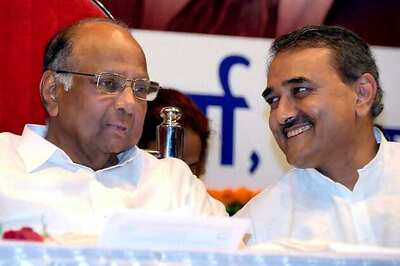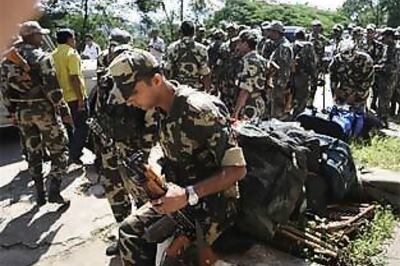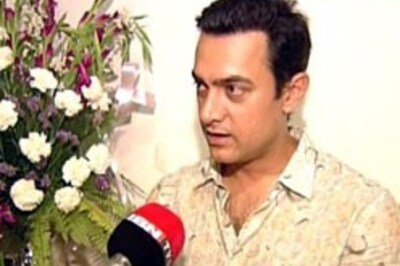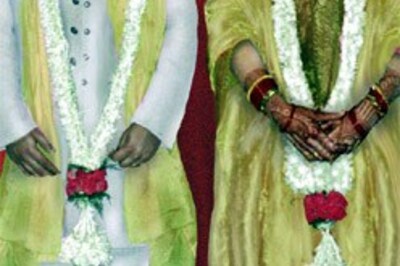
views
BANGALORE: The last week of March saw aficionados of classical dance in the city heading to the Chowdiah Memorial Hall, to be a part of ‘Margham’, a festival of Varnams. The event was organised by the Academy of Music as a part of its Golden Jubilee Celebrations with a view to revive and resurrect the performance of traditional Varnams. The three-day programme comprised dance performances by seasoned Bharatanatyam artistes like Sathyanarayana Raju and Poornima Ashok. Senior veterans in the field, H N Suresh, Lalitha Srinivasan and Radha Sridhar were felicitated. On the final day, a panel discussion was conducted on ‘The Importance and Sanctity of the Varnam in a Margam’. It was convened by Usha R K and the panelists included Dr Sunil Kothari, V P Dhananjayan, Leela Venkataraman, Lalitha Srinivasan and Kiran Subramaniam.Dhananjayan led the discussion and talked about our rich cultural tradition of Natya which is different from ‘dance’ as it does not merely involve movement but is a discipline combining physical, spiritual and emotional aspects. He went on to correct the usage of the word ‘Varnam’, which is commonly associated with Carnatic music, and offered ‘Nrityopaharam’ as an alternative. It comprises Nritta, Nritya and Natya. It has a meaningful connotation and is immediately identified with dance. He urged artistes to experiment and admitted that change is imperative but also cautioned against sacrificing art in the name of entertainment. Leela Venkataraman provided an overview of the Varnam which is the centre piece of a dance recital. There are three parts to it. During the pallavi, the nayaki (heroine) states her position. For example, she might be daydreaming about her lord, viewing a procession or conferring with her friends. The anupallavi is used to elaborate on the virtues and qualities of the lord. The hurt of separation experienced by her is depicted in the charanam for it is a characteristic of the Varnam that the object of devotion is never actually shown. Traditionally performed for over an hour, the piece has drastically been shortened to accommodate modern time constraints.Lalitha Srinivasan adopted a conservative view, exhorting students to realise the collective intelligence that has gone into planning and setting out the structure of the Varnam over the ages. She feels that changes must be attempted only after the fundamentals have been imbibed and practised over a long time. Dr Sunil Kothari reminisced about traditionally popular Varnams, viewed and enjoyed by him over the years. Kiran Subramaniam defended the new approaches stating that these were merely an expression of a different perspective and in no way a replacement to the existing pattern. This lively debate was followed by demonstrations of the Varnam by Charles Ma and Anuradha Vikranth.



















Comments
0 comment